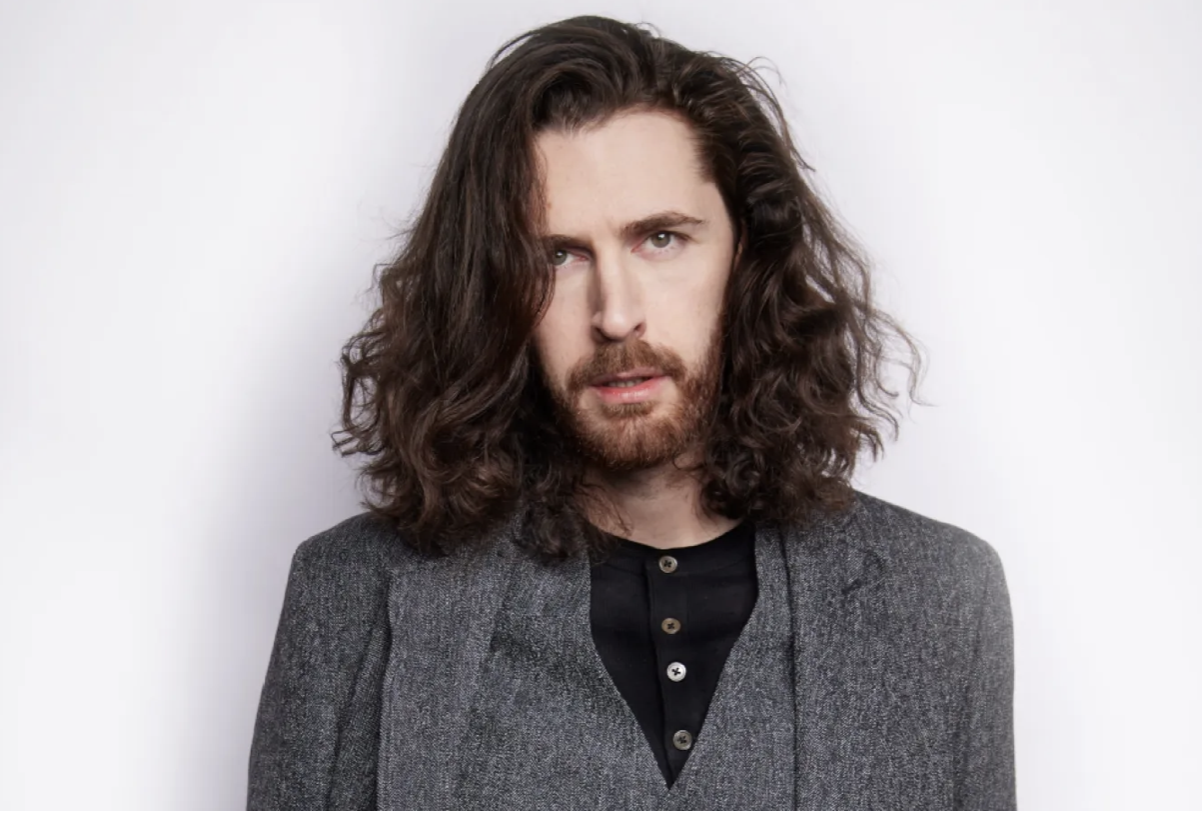SZA Spoke to and For the Sold Out House of Blues

Last Thursday night, SZA connected hard with the audience on her sold out "CTRL" tour.
SZA’s first national tour seemed to catch everybody but her fans by surprise. At venue after venue, bookers realized too late that they could have charged more after fans snapped up the tickets in minutes. At the House of Blues last Thursday night, the line for the show left the venue’s alley, turned on to Decatur Street, then wrapped around the corner on to Iberville. When SZA took the stage to open with “Supermodel,” the audience drowned her out as it sang along. The outpouring of love for her and SZA’s response made the night seem like an event, and it was one that SZA clearly enjoyed.
SZA is part of a growing number of R&B acts that draws from an eclectic variety of traditions and musical vocabularies, and past performance of many of those artists says they’re often better respected than loved. I’d argue that has been part of the Janelle Monae story, and before the release of Cranes in the Sky, Solange, who directed the video for SZA’s “The Weekend.”
“I love [Solange],” she told USA Today. “I think the universe is just bringing us closer to each other. That's my homegirl."
Streaming has changed the R&B marketplace, and just as it helped Cranes in the Sky find its audience, it helped SZA’s debut album, CTRL, debut at number 3 on Billboard’s Top 200. Streaming similarly helped her single “Love Galore” with Travis Scott go platinum, and that interest has forced radio to follow suit. Here in New Orleans, “Love Galore” is in Q-93’s top ten along with two songs by fellow Top Dawg Entertainment artist Kendrick Lamar.
At the House of Blues, the crowd blew up for “Love Galore,” just as it did for “Supermodel” and “Drew Barrymore.” The latter pointed to the breadth of her points of reference, and the song had a little Fleetwood Mac California pop at its core. More than that though, the song’s lyrics catch with heartbreaking accuracy the intersection of self-doubt and desire when she sings, “Sorry, I just need to see you. / I'm sorry I'm so clingy I don't mean to be a lot. / Do you really wanna love me down like you say you do?” It's a place people are reluctant to expose, and the only times I’ve seen an audience sing along with similar personal commitment came during Mary J. Blige sets at Essence Festival. On a number of occasions, it felt like SZA’s songs expressed sentiments and explored emotions that many African-American women in the audience were dying to shout but felt they had to keep hidden..
“This is the most people I’ve seen who look like me,” SZA said at one point, and maybe it’s true. I’ve heard enough musicians repeat stage patter nightly to take such revelations with some suspicion, but she seemingly felt the freedom to be uninhibited onstage, and the crowd clearly shared the moment. It helped that her three-piece band deepened the grooves of CTRL’s songs. “Prom” moved like The Police's “King of Pain," and with tempos bumped up a bit, “Child’s Play” and “Normal Girl” became funkier and more physical.
The idiosyncrasy in her look and sound, down to the dancehall inflection that turns up at times in her vocals made SZA exactly the kind of person that many women in the crowd could or wanted to map their own lives to. The fact that she appeared to enjoy herself so much onstage further invited that connection. At the end of an hour, she had played almost all of CTRL and was done, but before that it was clear that a SZA show will never feel like this one again. It’s unlikely she’ll play a room as small as the House of Blues again, in future tours. If she does, it won’t be with the same shared optimism that the culture is embracing her and vicariously, those who hear their lives in hers.






